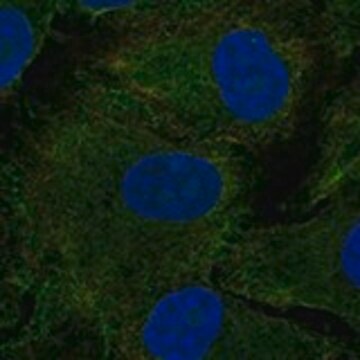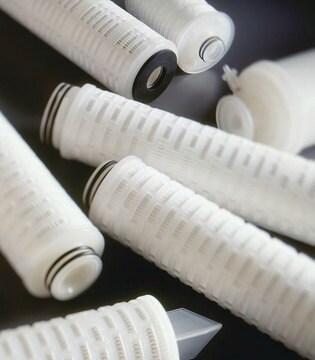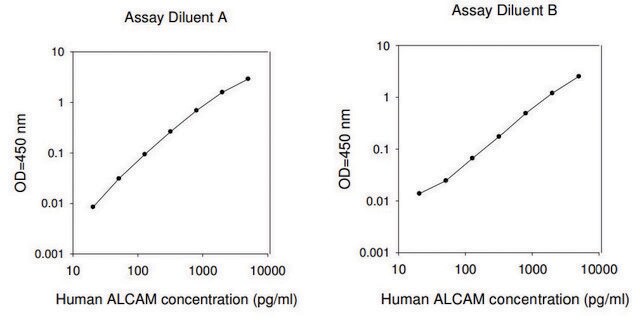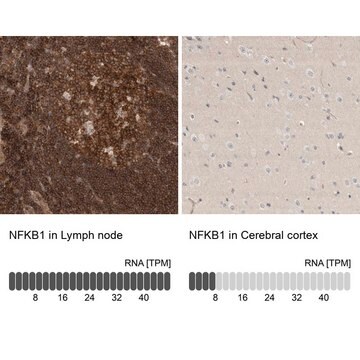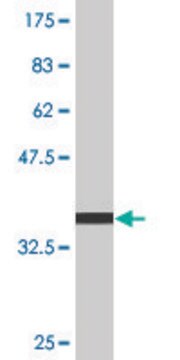MABN1785
Anti-CD166 (ALCAM) Antibody, clone TAG-1A3
clone TAG-1A3, from mouse
Synonym(s):
Activated leukocyte cell adhesion molecule, CD166 antigen
About This Item
Recommended Products
biological source
mouse
Quality Level
antibody form
purified immunoglobulin
antibody product type
primary antibodies
clone
TAG-1A3, monoclonal
species reactivity
human
packaging
antibody small pack of 25 μL
technique(s)
flow cytometry: suitable
immunocytochemistry: suitable
immunofluorescence: suitable
immunoprecipitation (IP): suitable
western blot: suitable
isotype
IgG1κ
NCBI accession no.
UniProt accession no.
shipped in
ambient
target post-translational modification
unmodified
Gene Information
human ... ALCAM(214)
Related Categories
General description
Specificity
Immunogen
Application
Immunocytochemistry Analysis: A representative lot detected CD166 (ALCAM) in Immunocytochmistry applications (Ding, Y., et. al. (2014). MAbs. 6(6):1439-52).
Immunoprecipitation Analysis: A representative lot detected CD166 (ALCAM) in Immunoprecipitation applications (Ding, Y., et. al. (2014). MAbs. 6(6):1439-52).
Flow Cytometry Analysis: A represetative lot detected CD166 (ALCAM) in human embryonic stem cells, human corneal stromal fibroblast (hCSF) cells, immortalized human corneal endothelial cells (B4G12), and human endothelial cells from donors (2) (Courtesy of Dr. Vanessa Ding, Ph.D. and Dr. Andre Choo, Ph.D, BTI, Singapore).
Immunofluorescence Analysis: A representative lot detected CD166 (ALCAM) in Immunofluorescence applications (Ding, Y., et. al. (2014). MAbs. 6(6):1439-52).
Western Blotting Analysis: A representative lot detected CD166 (ALCAM) in Western Blotting applications (Ding, Y., et. al. (2014). MAbs. 6(6):1439-52).
Neuroscience
Quality
Isotyping Analysis: The identity of this monoclonal antibody is confirmed by isotyping test to be human IgG1 .
Target description
Physical form
Storage and Stability
Other Notes
Disclaimer
Not finding the right product?
Try our Product Selector Tool.
Storage Class Code
12 - Non Combustible Liquids
WGK
WGK 1
Flash Point(F)
Not applicable
Flash Point(C)
Not applicable
Certificates of Analysis (COA)
Search for Certificates of Analysis (COA) by entering the products Lot/Batch Number. Lot and Batch Numbers can be found on a product’s label following the words ‘Lot’ or ‘Batch’.
Already Own This Product?
Find documentation for the products that you have recently purchased in the Document Library.
Our team of scientists has experience in all areas of research including Life Science, Material Science, Chemical Synthesis, Chromatography, Analytical and many others.
Contact Technical Service


